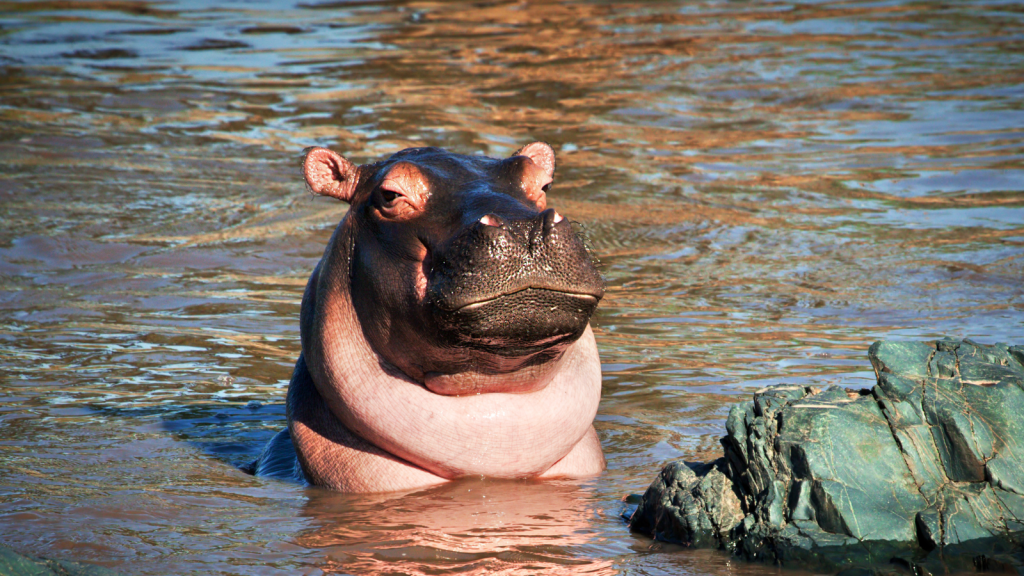When we think of animal diets, rocks don’t typically come to mind. In fact, lots of animals would need veterinary intervention if they ate rocks of any size. Yet, many creatures intentionally consume stones and pebbles. This behavior, known as lithophagy, serves various purposes in different species. From aiding digestion to providing essential minerals, rock-eating has evolved as a crucial survival strategy for some animals.
Ostriches
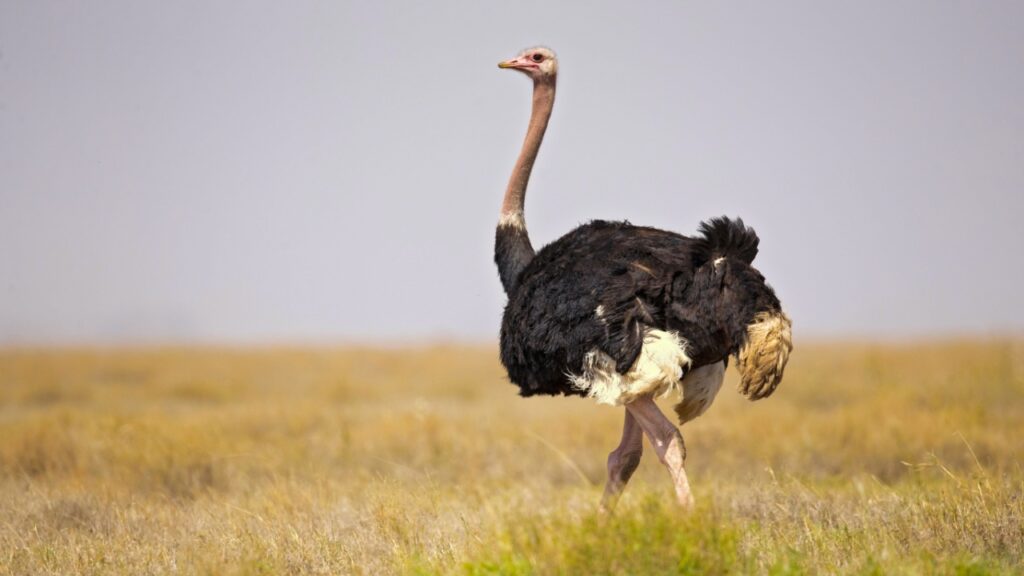
Ostriches are known for swallowing rocks to help grind food in their gizzards. These large birds lack teeth, so they rely on ingested stones to break down tough plant material. An ostrich can carry up to 2.2 pounds of rocks in its stomach at any given time. These stones, called gastroliths, are gradually ground down and replaced as needed. Interestingly, researchers have found that ostriches prefer smooth, rounded pebbles, which are more effective at grinding and less likely to damage their digestive tract.
Crocodiles
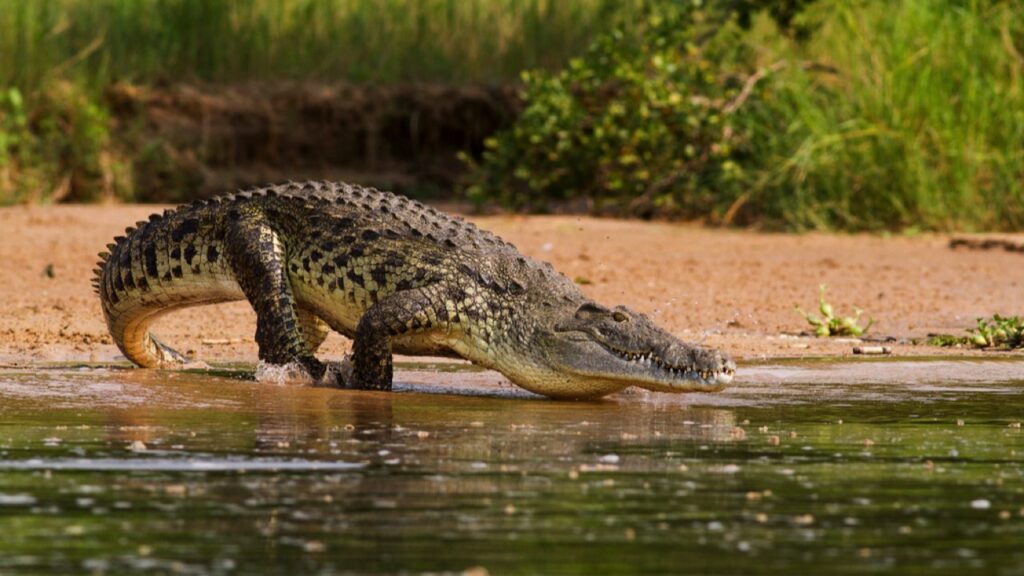
Crocodiles ingest rocks for several reasons. They use stones as ballast to help control their buoyancy in water. The rocks also aid in grinding up tough prey items in their stomachs. Some scientists believe crocodiles might eat rocks to alleviate intestinal parasites. Crocodiles have been known to swallow rocks up to 1% of their body weight. In some cases, these reptiles have been observed deliberately selecting and swallowing specific rocks, suggesting a level of intentionality in their rock consumption.
Sea Lions
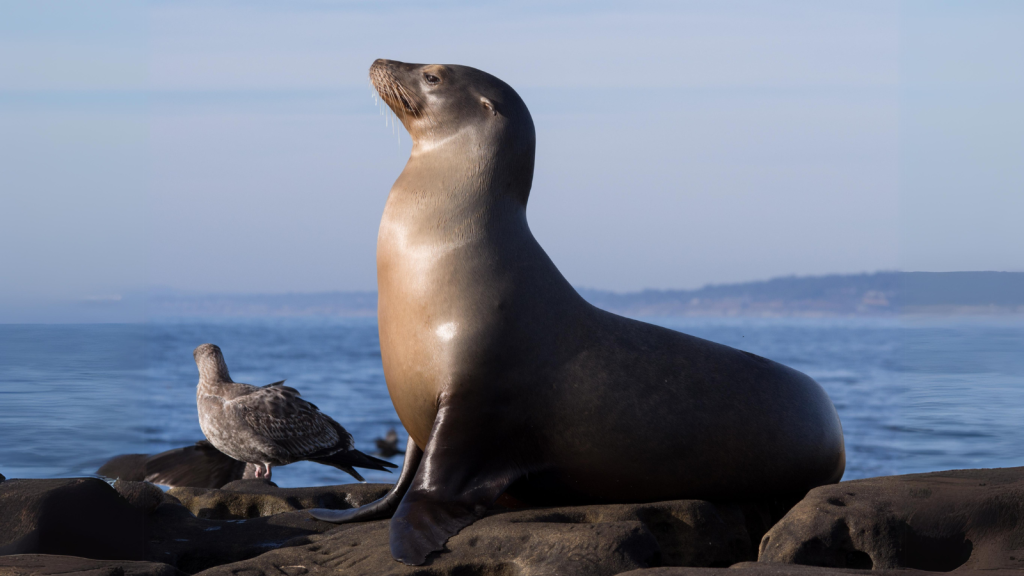
Sea lions often swallow small rocks found on beaches. These marine mammals use the stones to help grind up the shells of crustaceans and mollusks they eat. The rocks may also serve as ballast, helping sea lions dive deeper and stay underwater longer. Sea lions typically regurgitate the stones once they’ve served their purpose. Researchers have noted that the rock-swallowing behavior is more common in younger sea lions, possibly as they learn to forage and digest tougher prey items.
Earthworms
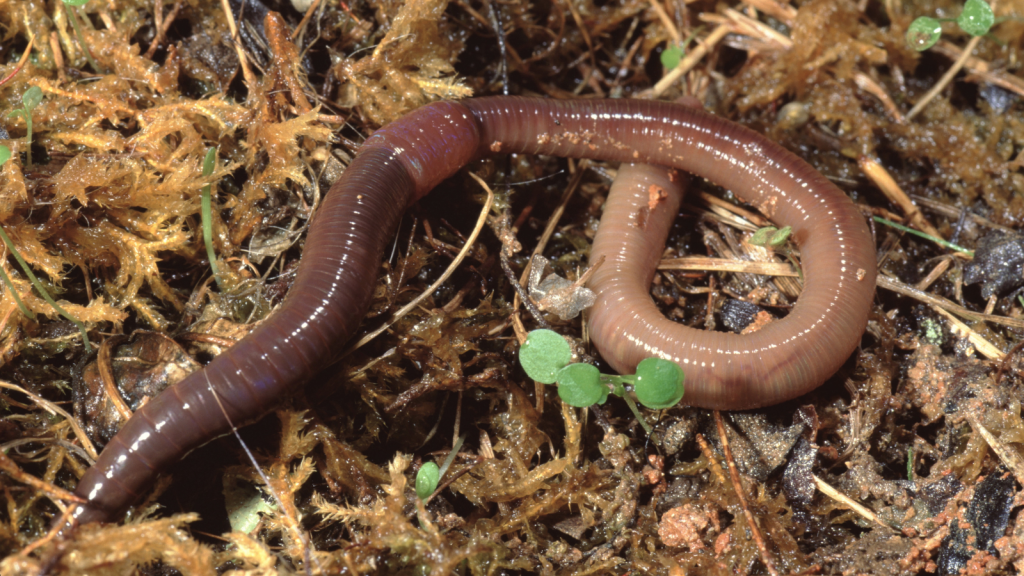
Earthworms consume soil, including tiny rock particles, as they burrow through the ground. This process, called geophagy, helps earthworms extract nutrients from organic matter in the soil. The small rock particles in their digestive systems also aid in grinding up food. Earthworms play a crucial role in soil formation by processing these mineral particles. As they excrete the digested soil and rock particles, earthworms create nutrient-rich castings that significantly improve soil structure and fertility.
Chickens

Chickens, like many birds, eat small pebbles and grit to aid digestion. These stones accumulate in the gizzard, where they help grind up seeds and other hard food items. Chicken owners often provide grit to their birds to ensure proper digestion. The gizzard’s muscular action, combined with the rocks, effectively acts as the chicken’s teeth. Different sizes of grit are required as chickens grow, with chicks needing smaller particles than adult birds.
Seals
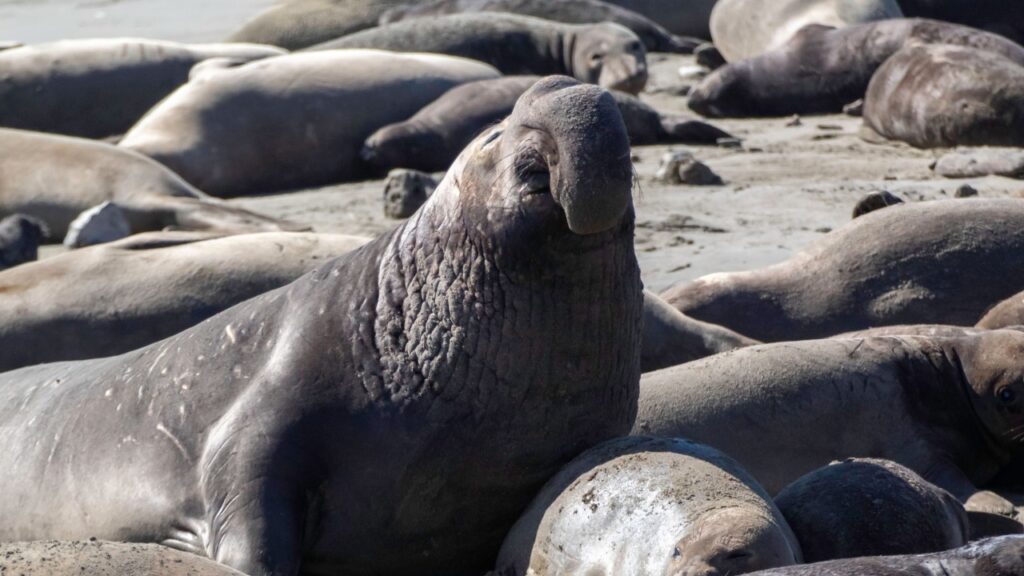
Some seal species, particularly leopard seals, have been observed swallowing rocks. These rocks may serve multiple purposes, including aiding in digestion and regulating buoyancy. In some cases, seals might ingest rocks accidentally while catching prey on the seafloor. The exact role of rock consumption in seals is still being studied by marine biologists. Recent research suggests that rock ingestion might also help seals eliminate parasites from their digestive systems.
Alligators
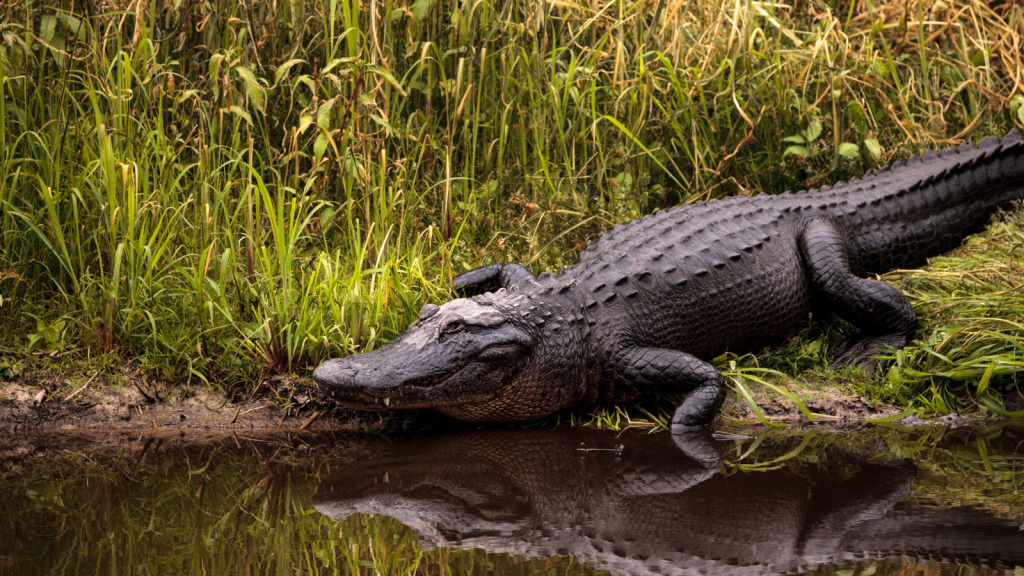
Alligators, like their crocodile cousins, are known to swallow rocks. These reptiles use the stones for ballast, helping them submerge and control their position in water. The rocks also assist in breaking down food in their stomachs. Alligators have been found with several pounds of rocks in their stomachs during scientific studies. Some researchers believe that the rocks might also play a role in storing and releasing minerals that are essential for alligator health.
Bearded Dragons
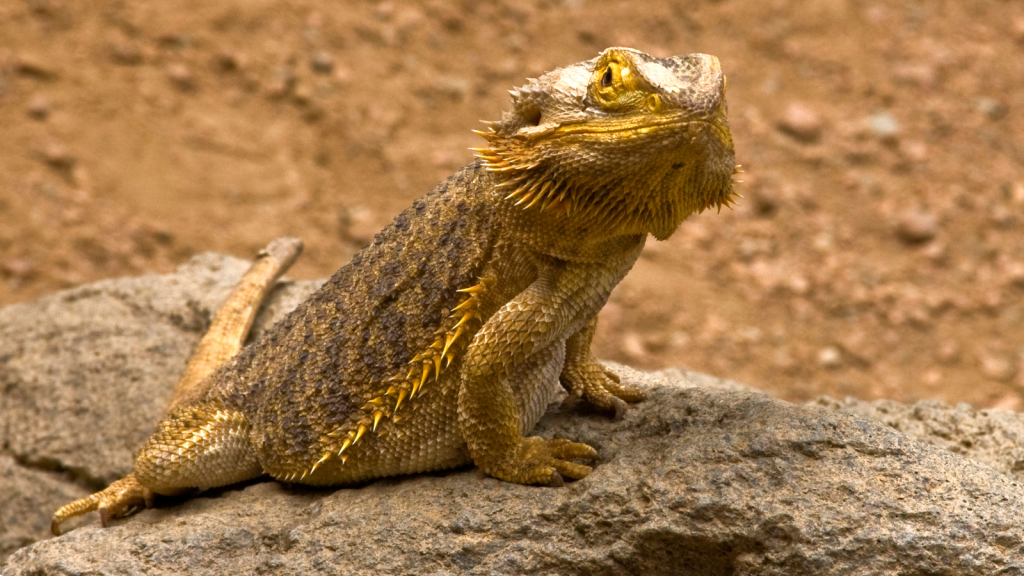
Bearded dragons, popular pet lizards, sometimes eat small amounts of sand or gravel. In the wild, this behavior helps them obtain minerals and aids in digestion. However, in captivity, excessive sand consumption can lead to impaction, a dangerous digestive blockage. Responsible pet owners provide calcium supplements to prevent unnecessary sand eating. In their natural desert habitat, bearded dragons may consume sand to help regulate their body temperature, as the sand can absorb and retain heat.
Platypus
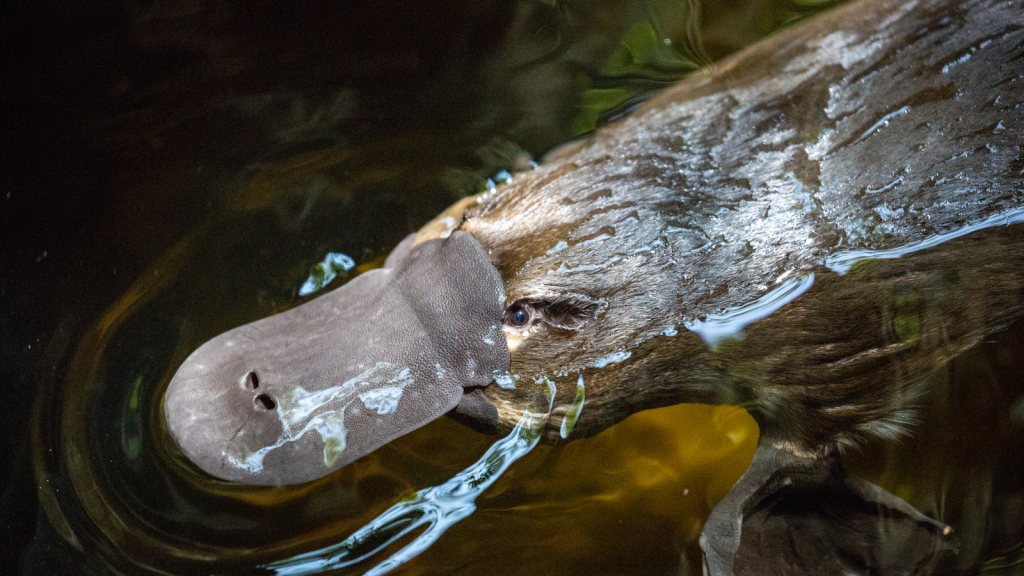
The platypus, an egg-laying mammal, consumes small rocks along with its prey. These rocks help grind up the hard exoskeletons of insects and crustaceans in the platypus’s bill. The platypus stores the rocks in its cheek pouches while hunting underwater. This unique adaptation allows the platypus to effectively process its food without teeth. The rocks also help the platypus extract maximum nutrition from its prey, as the grinding action breaks down the food more thoroughly.
Penguins
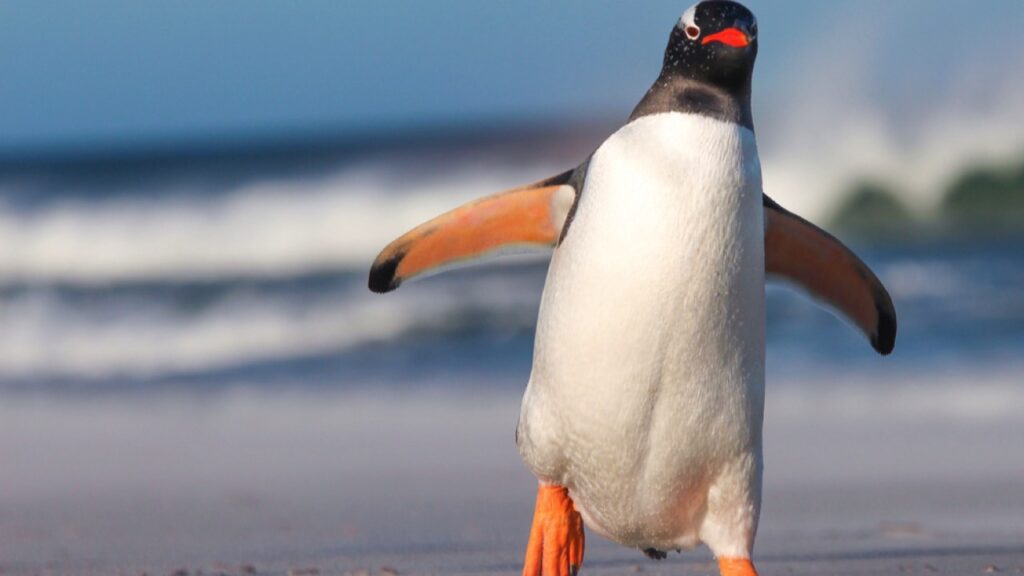
Many penguin species ingest small rocks as part of their diet. These rocks serve multiple purposes, including grinding food in the gizzard and potentially providing ballast for diving. Penguins may also use rock consumption to alleviate hunger during long fasting periods. Some penguins have been observed carefully selecting specific types of rocks to swallow. The amount of rocks in a penguin’s stomach can vary seasonally, with more rocks present during breeding seasons when food intake increases.
Hippopotamuses

Hippos have been known to consume rocks, though the exact reason is not fully understood. Some scientists believe it might help with mineral deficiencies or aid in digestion. Hippos spend much of their time in water and on river beds, where they may inadvertently ingest rocks while grazing on aquatic plants. The rock-eating behavior in hippos is still a subject of ongoing research. Recent studies suggest that rock consumption might help hippos neutralize stomach acid, aiding in the digestion of their plant-based diet.
Salmon
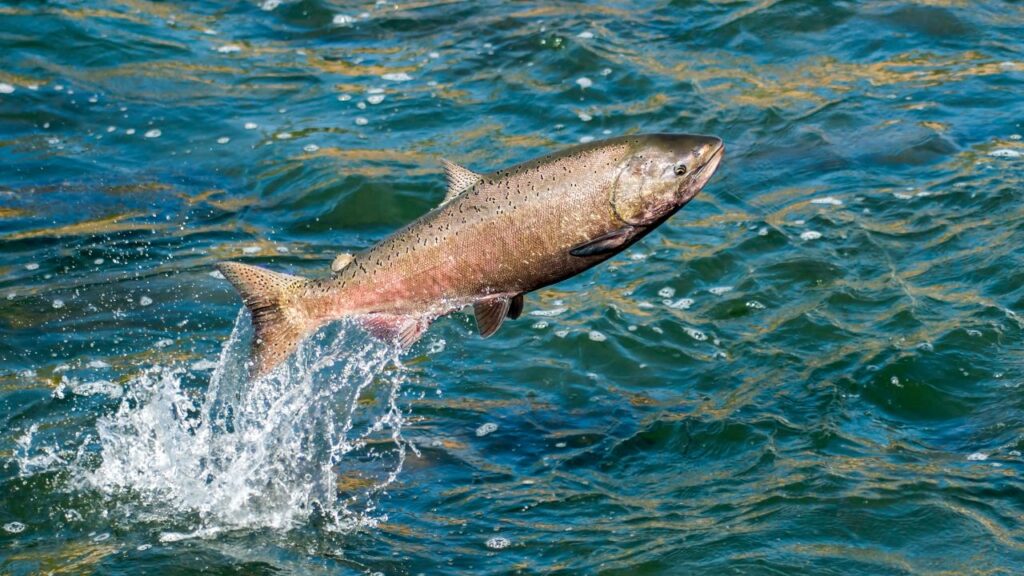
Salmon, particularly in their freshwater stages, sometimes ingest small pebbles. These stones may help the fish maintain position in strong currents. The rocks could also play a role in helping salmon extract nutrients from their food more efficiently. As salmon travel upstream to spawn, they may use ingested rocks to adjust their buoyancy in different water conditions. Scientists have observed that the composition of rocks in a salmon’s stomach can provide clues about its migratory route.
Leatherback Turtles
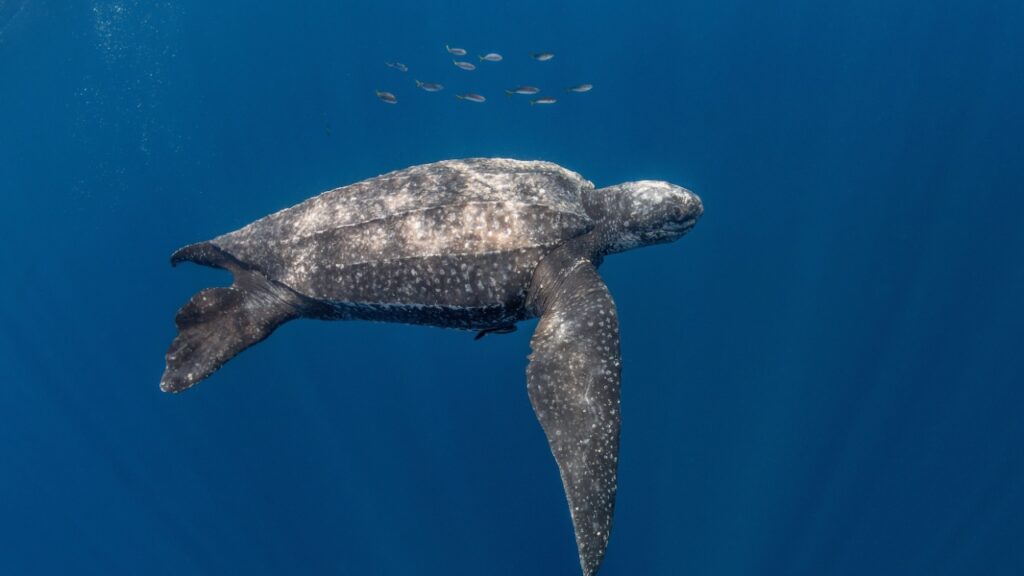
Leatherback sea turtles occasionally consume rocks and sand along with their jellyfish prey. This behavior might help weigh down the turtles, allowing them to dive deeper for food. The ingested material could also help in breaking down the jellyfish in their stomachs. Leatherbacks are known to have rocks in their digestive tracts even as hatchlings. The consumption of sand and small rocks may also provide essential minerals that are not readily available in their jellyfish-based diet.
Flamingos

Flamingos are known to ingest sand and small pebbles along with the algae and small creatures they filter from water. These particles help flamingos grind up their food in their muscular gizzards. The rock consumption might also contribute to the flamingos’ distinctive pink coloration by helping them process the pigments in their diet more effectively. Flamingos in different habitats have been observed to select different types of grit, suggesting an ability to choose particles that best suit their digestive needs.
Whales
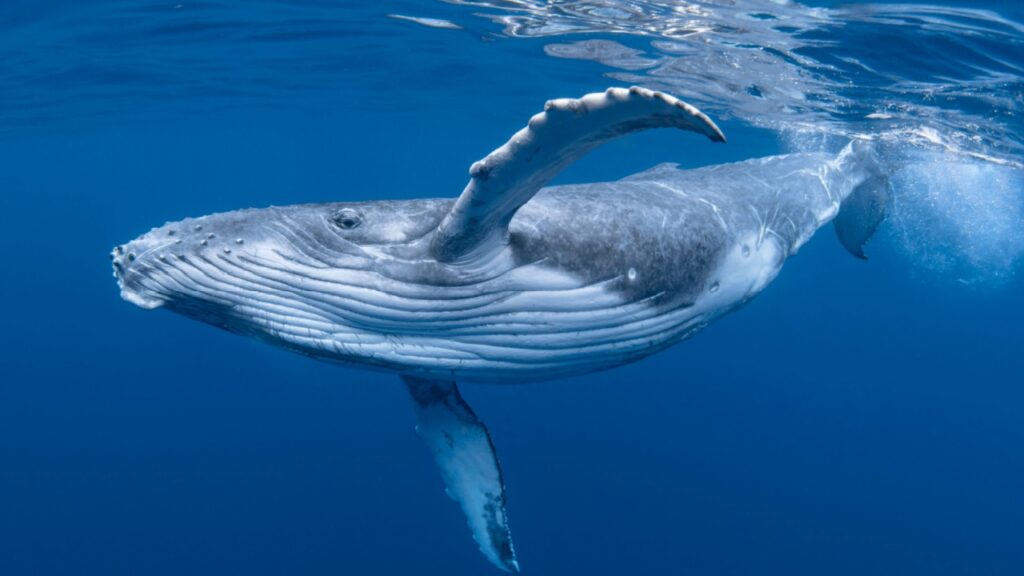
Some whale species, particularly baleen whales, have been found with rocks in their stomachs. While they don’t intentionally eat rocks, whales may ingest stones while feeding near the ocean floor. These rocks could potentially aid in grinding up food or act as ballast. The presence of rocks in whale stomachs has intrigued marine biologists studying these massive creatures. In some cases, the types of rocks found in whale stomachs have provided valuable information about their feeding grounds and migration patterns.

